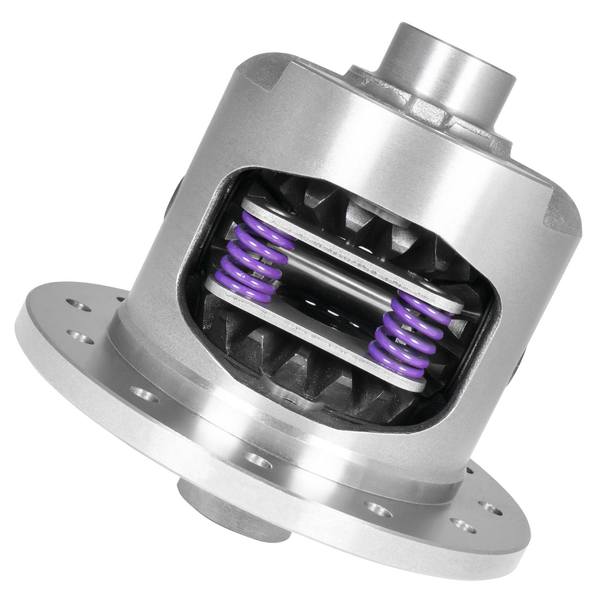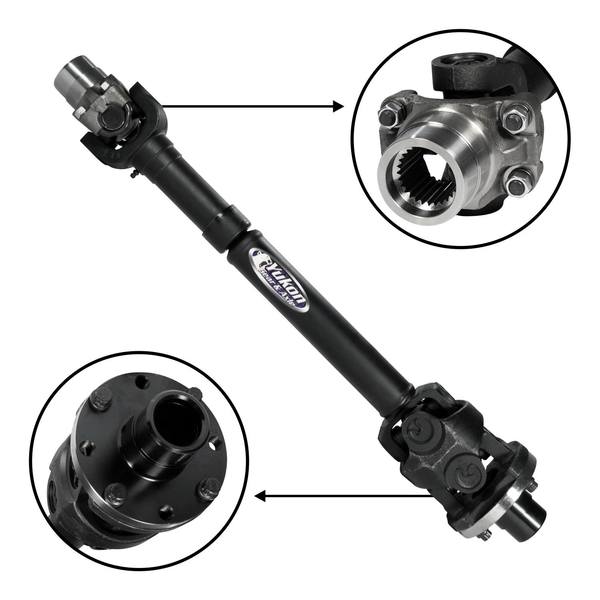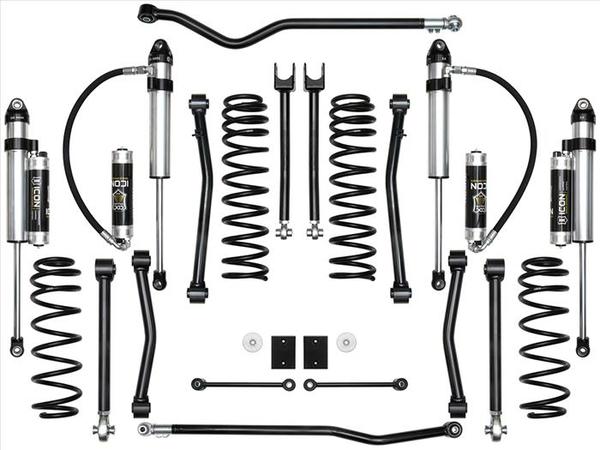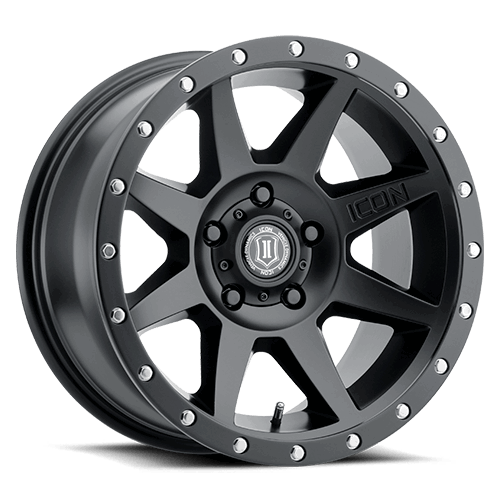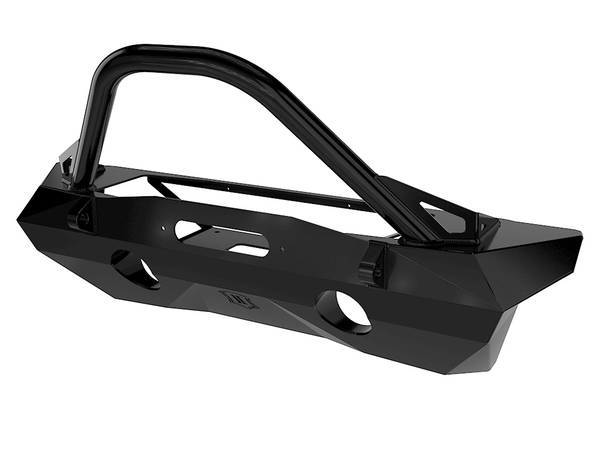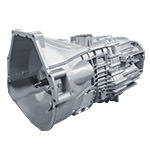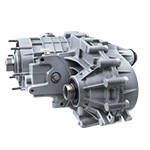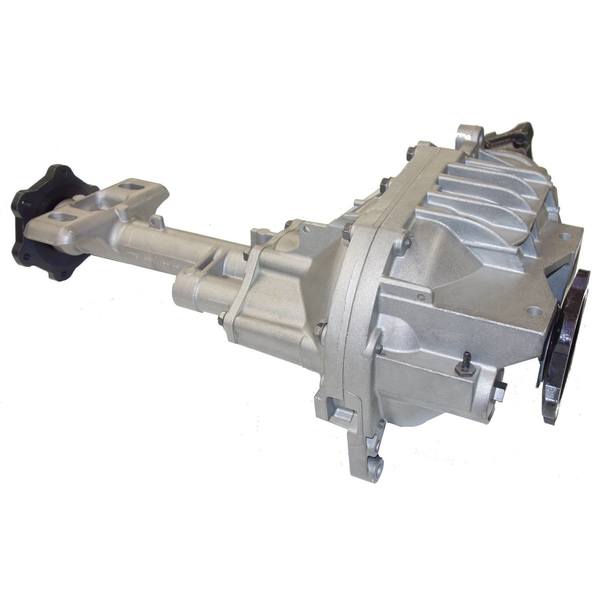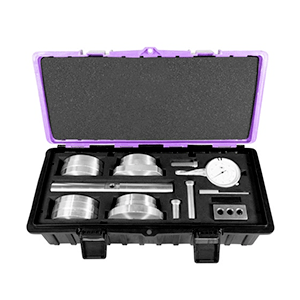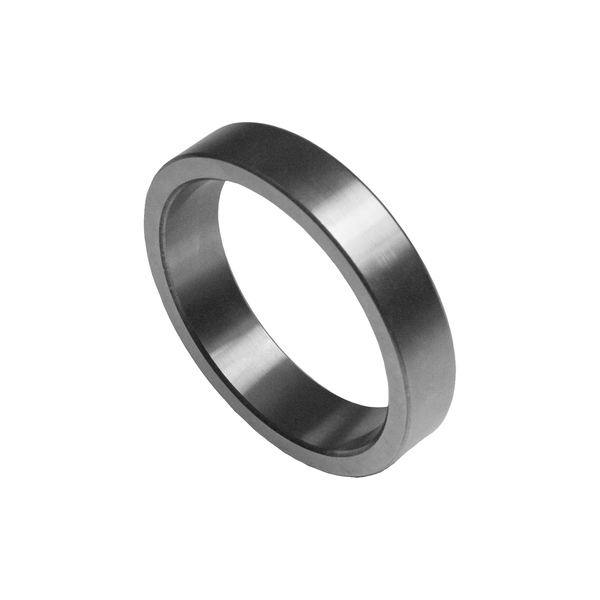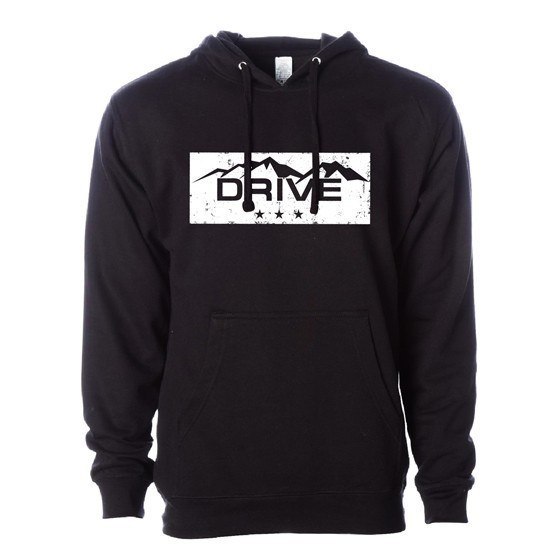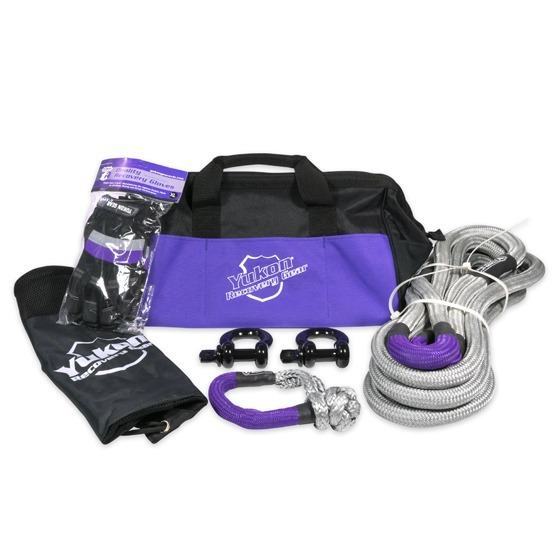GEARS | SET UP - What is the break-in procedure for a new set of gears?
This is the opposite of heat treating and it’s done to a part that is generally finished, such as a complete axle shaft. The part is cooled by normal refrigeration to about 100 degrees below zero, Fahrenheit, then further cooled by nitrogen gas to about 300 degrees below zero. The timing and length of the treatment is precisely controlled according to the material and the end result desired and, after cooling, the part is heated to over 300 degrees then allowed to cool naturally in the air. The advantages are that it relieves internal stress in parts and tightens the grain structure. The treated part is much more fatigue resistant, though only very slightly stronger. Dimensional changes are usually miniscule or non-existent.
 AMC
AMC
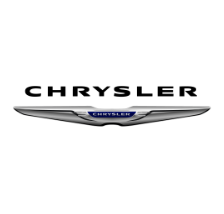 Chrysler
Chrysler
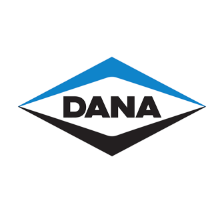 Dana
Dana
 Ford
Ford
 GM
GM
 Isuzu
Isuzu
 Nissan
Nissan
 Suzuki
Suzuki
 Toyota
Toyota
